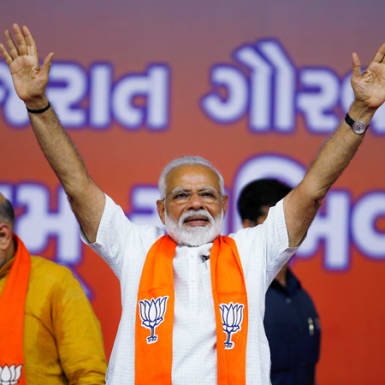investment viewpoints
India elections – bigger mandate for Modi and our wish-list for the Indian credit story


The 2019 Indian general election saw more than 600 million citizens – the highest ever turnout - exercise their democratic right. The election outcome may have brought in political certainty, but there is some way to go before economic benefits are reaped.
The incumbent NDA (National Democratic Alliance) government led by BJP (Bhartiya Janata Party) emerged victorious with 352 seats in May (~65% of the total strength), with BJP itself winning a whopping 303 seats. BJP in fact increased its seat count by 21 compared with the 2014 elections, and vote share by 6% to 37%. The next single largest party only managed to win 52 seats and did not win a single seat in half of the 36 states and Union Territories.
These are astonishing results, especially considering the lukewarm economic situation of the last five years. Three major sectors continue to be in distress, namely agriculture, power and banking. Additionally, the shadow banking market been frozen since mid-2018 and the onshore credit transmission mechanism remains clogged. Challenges such as high unemployment, low growth in exports and higher fiscal slippage remain key issues. Despite these obstacles, the incumbent government won with a landslide victory for the second time and this warrants a deeper appreciation of the paradigm shift in the politics of the country.
Several economic policy missteps and slow pace of reforms have led to a largely mixed economic performance. There are areas where there have been big improvements, such as with infrastructure and the Goods and Services Tax (GST) roll-out, but the lagging reform agenda has led to a mild deterioration in sovereign credit fundamentals and weak credit transmission into the private sector.
Thankfully, we believe India has time to address challenges such as these. As long term credit investors, there are several areas of development which we would like to see the new administration focus on. We believe these represent measures which will sustain and improve India’s creditworthiness in the coming years.





